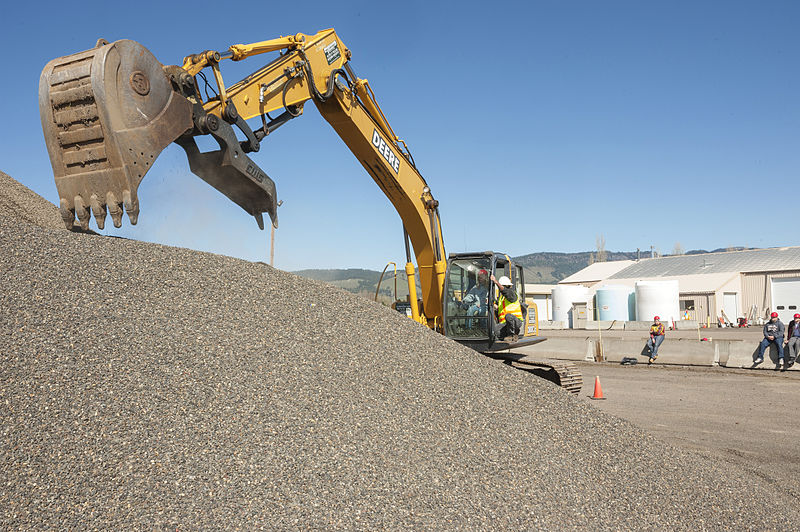Gilbane Building Company announced the Summer 2014 edition of its in-house economics report, Building for the Future — Construction Economics: Market Conditions in Construction. The report predicts rapid growth coupled with the lack of skilled, experienced labor and the ability to meet schedule will be some of the most important industry issues to address over the next few years.
“The good, if not, great news is that the most favorable, forward-looking conditions support expectations for strong industry growth in 2015,” said Ed Zarenski, a Gilbane estimating executive with more than 40 years in the construction business. “Very active markets will drive escalation to climb more rapidly than we have seen in six years.
“The challenge of anticipated workforce shortages will have a detrimental effect on labor cost, productivity, the ability to readily increase construction volume and the ability to complete projects on time," Zarenski added.
While construction spending for 2014 will finish the year 5.5% higher than 2013 and the unemployment rate in construction is down to 7.5%, the industry has been losing workers for more than five years, falling to low points in the third quarters of both 2012 and 2013.
Going forward, as the workload expands rapidly, the significant shortage of available skilled workers, as well as management-level personnel, will impact productivity and force extended work schedules. The report notes total construction spending will increase 7% for 2015, which is a good sign for future hiring, but highlights the need for workers to have the right training and skills.
Other report highlights include:
-
The workforce has never grown as fast as what will be needed to accommodate the rate of new construction growth predicted. Rapid workforce expansion leads to productivity losses.
-
Construction jobs are up 600,000, or 11% from the low point. However, new jobs plus added hours worked for the entire labor force shows total labor is up 18%. That means 40% of the total gains in labor in the past three years is due to added hours, not new jobs. That is the equivalent of nearly 400,000 jobs.
-
The average annual rate of new nonresidential construction starts for the most recent four months is $197 billion. The average for the same four months one year ago was $146 billion. It is expected to be higher in the next four months. This large increase in starts will result in a rapid increase in nonresidential buildings spending growth in the second half 2014 through 2015.
-
Residential construction will increase 12% in 2015, but non-building infrastructure will decrease 5%. Nonresidential buildings spending will grow 11%, led by commercial and office construction, both expected to be up 15% in 2015.
The report is available here.
Related Stories
| Aug 11, 2010
Burt Hill, HOK top BD+C's ranking of the nation's 100 largest university design firms
A ranking of the Top 100 University Design Firms based on Building Design+Construction's 2009 Giants 300 survey. For more Giants 300 rankings, visit http://www.BDCnetwork.com/Giants
| Aug 11, 2010
PBK, DLR Group among nation's largest K-12 school design firms, according to BD+C's Giants 300 report
A ranking of the Top 75 K-12 School Design Firms based on Building Design+Construction's 2009 Giants 300 survey. For more Giants 300 rankings, visit http://www.BDCnetwork.com/Giants
| Aug 11, 2010
Turner Building Cost Index dips nearly 4% in second quarter 2009
Turner Construction Company announced that the second quarter 2009 Turner Building Cost Index, which measures nonresidential building construction costs in the U.S., has decreased 3.35% from the first quarter 2009 and is 8.92% lower than its peak in the second quarter of 2008. The Turner Building Cost Index number for second quarter 2009 is 837.
| Aug 11, 2010
AGC unveils comprehensive plan to revive the construction industry
The Associated General Contractors of America unveiled a new plan today designed to revive the nation’s construction industry. The plan, “Build Now for the Future: A Blueprint for Economic Growth,” is designed to reverse predictions that construction activity will continue to shrink through 2010, crippling broader economic growth.
| Aug 11, 2010
New AIA report on embassies: integrate security and design excellence
The American Institute of Architects (AIA) released a new report to help the State Department design and build 21st Century embassies.
| Aug 11, 2010
Section Eight Design wins 2009 Open Architecture Challenge for classroom design
Victor, Idaho-based Section Eight Design beat out seven other finalists to win the 2009 Open Architecture Challenge: Classroom, spearheaded by the Open Architecture Network. Section Eight partnered with Teton Valley Community School (TVCS) in Victor to design the classroom of the future. Currently based out of a remodeled house, students at Teton Valley Community School are now one step closer to getting a real classroom.







